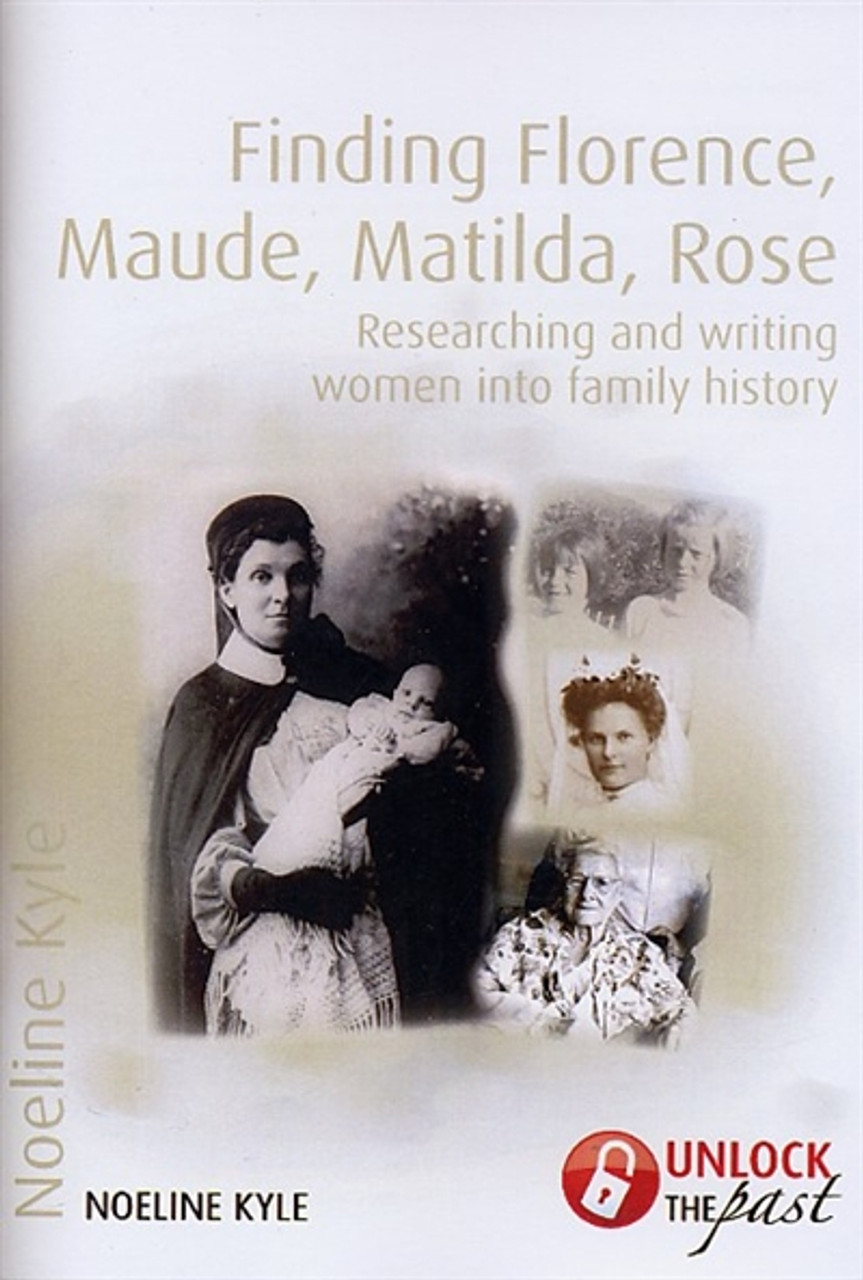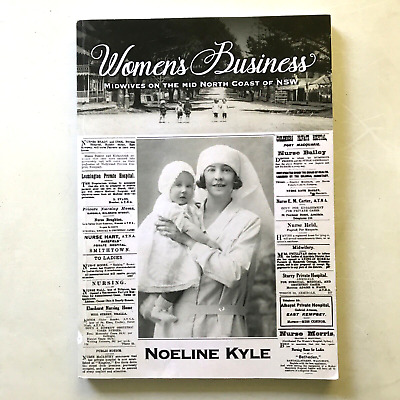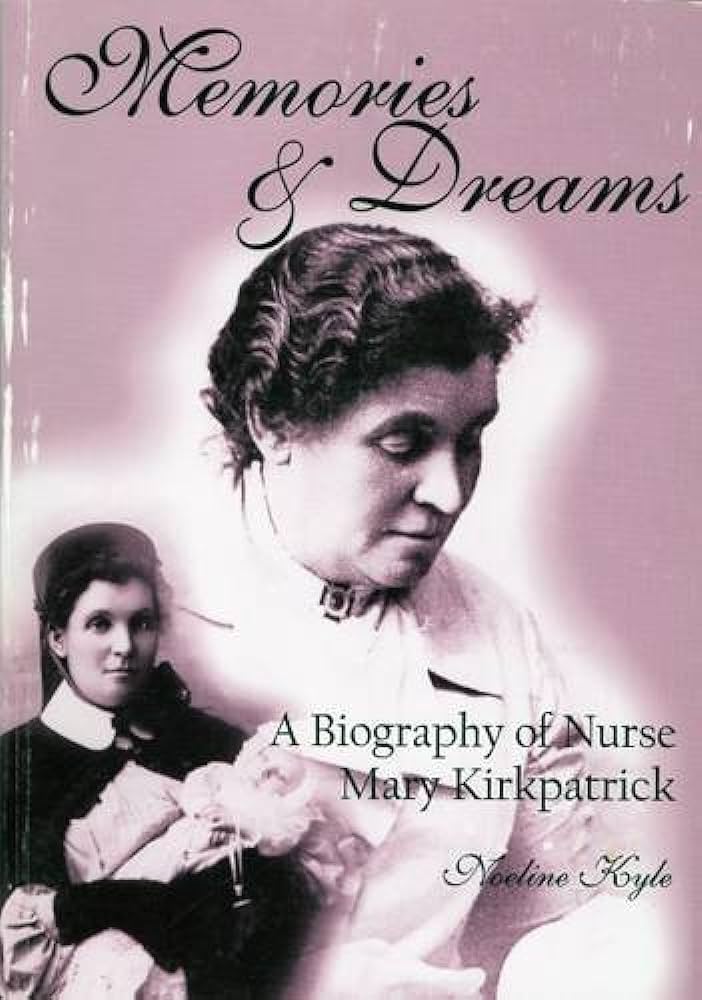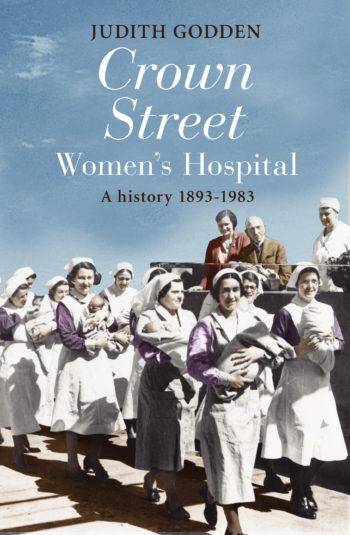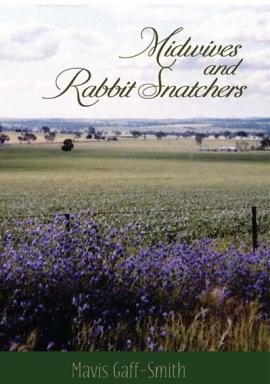Books
Click on any book cover to learn more.
Showing 1-8 of 12 Books
Finding Florence, Maude, Matilda, Rose
By: Noelene Kyle
Methodology, sources, and ideas for researching and writing about women ancestors
Women’s business: Midwives on the mid North Coast of NSW
By: Noelene Kyle
This book details the training, careers, family life, business enterprises, travel, friendships, partnerships, community participation and professional contribution of 200 midwives and the hospitals they established or managed.
Memories & dreams: A biography of nurse Mary Kirkpatrick
By: Noelene Kyle
Nurse Mary Kirkpatrick was the first trained midwife and established the first private maternity hospital in the NSW town of Kempsey.
Crown Street Women’s Hospital: A history 1893-1983
By: Judith Godden
The history of Sydney's pioneering maternity hospital and 9781743318409 of medical care for women in Australia
Old days, old ways
By: Mary Gilmore
In this work, Gilmore finely describes life in 19th century Australia, and midwife Mrs. Bennett in particular.
Midwives and paddle steamers
By: Mavis Gaff-Smith
The fourth and final book in the quartet which commemorates the work of pioneer midwives across southern NSW, northern VIC, and the eastern corner of SA
Midwives and Rabbit Snatchers
By: Mavis Gaff-Smith
The book pays tribute to the role of Aboriginal midwives, the stories of the ‘granny’ midwives, and the trained nurse midwives
No births on Monday
By: Mavis Gaff-Smith
No Births on Monday tells the story of midwifery services in rural and remote areas of Australia from the days before European settlement until the present, and asks the hard

